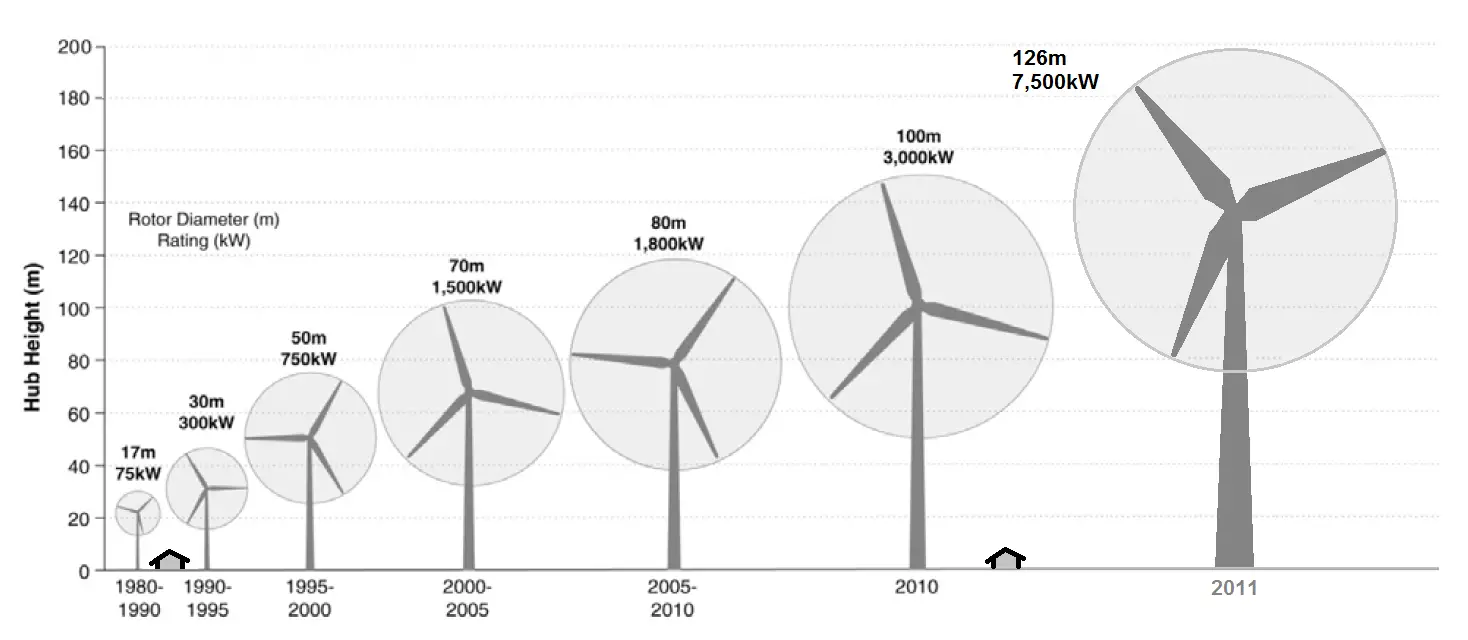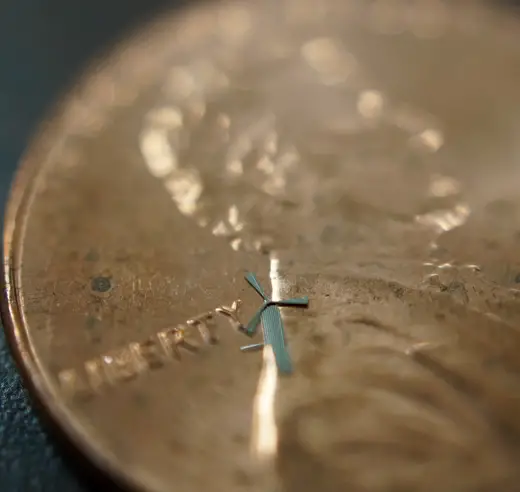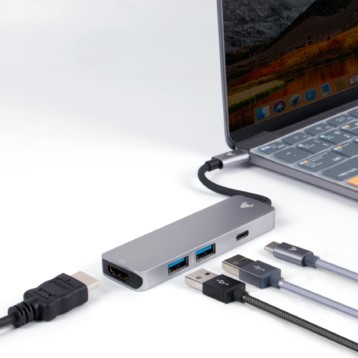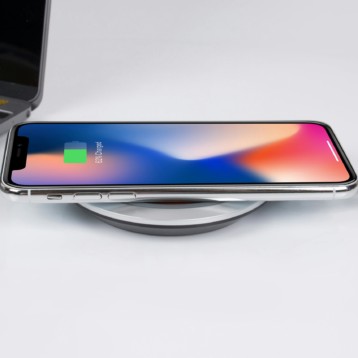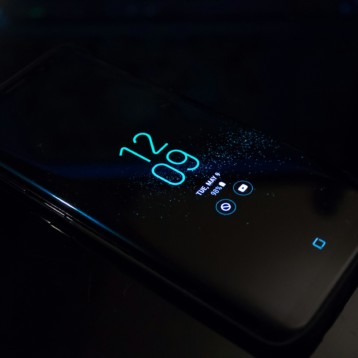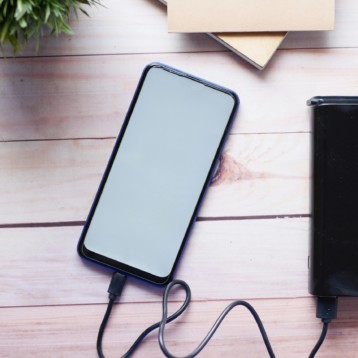We have come a long way in clean energy production, especially in methods of harnessing the wind to make power. We have seen our fair share of larger than life wind turbines and growing wind farms, both on land and out on the sea. One thing remains the same—it’s big business. This means that the larger the wind farm or the bigger the turbine the better the energy production. According to Forbes, “the typical wind turbine size has grown from about 300 kilowatts in 1990 to a whopping 7.5 megawatts in 2011.”
But, what if smaller was just as powerful?
In a field where bigger is assumed better, a team of researchers at the University of Texas are kicking things down a notch. Electrical engineering professor J.C. Chiao and UT graduate research associate Smitha Rao, have designed a micro-windmill technology that could serve as an innovative solution to home energy production and cell phone battery charging.
Although smaller than a grain of rice (about 1.8mm at their widest point), the micro-windmill’s intelligent design takes hold of the current advances that have been made in micro-robotics and nanotechnology. The technology blends origami concepts into conventional semiconductor layouts allowing for the complex 3-D structure to be self-assembled from two-dimensional pieces of metal. Due to its microcosmic size, hundreds of these could be embedded in a sleeve for a cell phone and generate enough electricity to charge a dead battery back to use.
Imagine that all you would need to do is simply wave your Samsung Galaxy or iPhone in the air or hold the device up on a windy day to bring your device back to life.
This is possible thanks to the micro-windmills durability (made from a nickel alloy) and smart design. Combined, they enable the windmills to achieve what many other micro-electrical-mechanical-systems (MEMS) could not—withstand strong artificial winds without suffering any fissures to its small frame.
The researchers have also teamed up with Taiwanese based MEMS manufacturer-WinMEMS-to make the commercialization of these micro-windmills possible.
While these small windmills are relatively inexpensive to produce on mass scale and quite impressive in their capabilities, we cannot help but wonder about the obstacles they may face in getting these to market. We do wonder what might happen if these tiny structures come in contact with dust or water.

